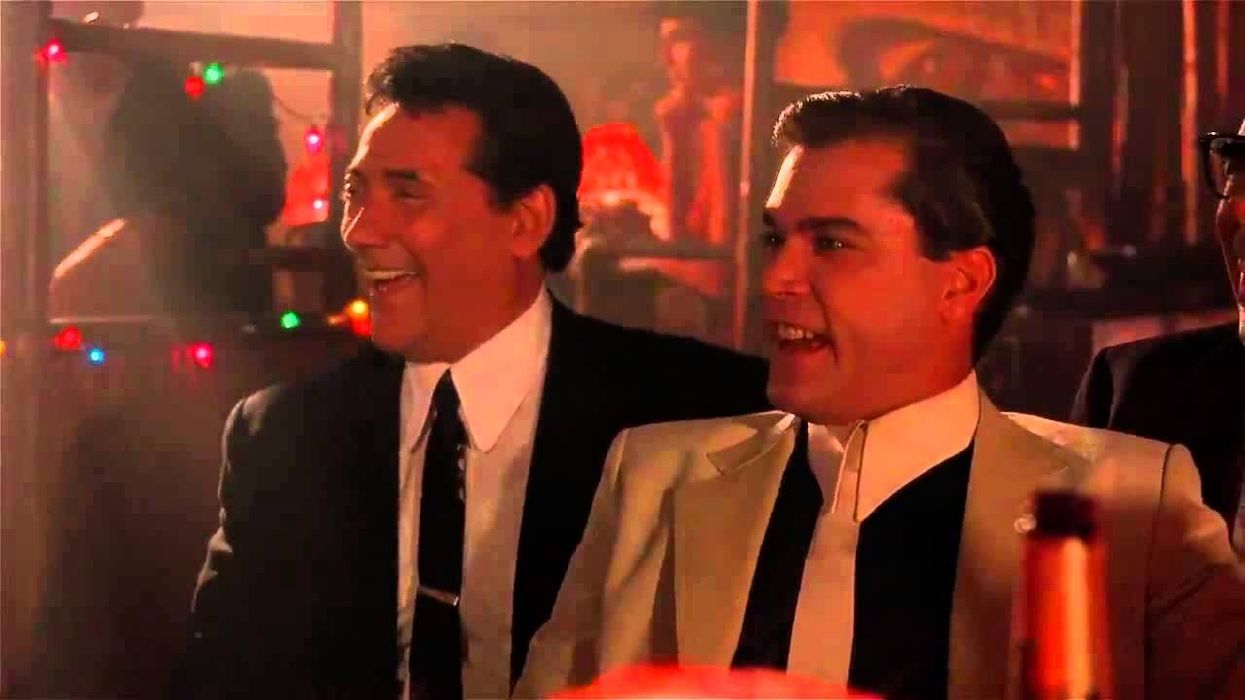How Does Martin Scorsese Use the Color Red in His Films?
The color red has been utilized by many filmmakers, but Martin Scorsese has a special touch with it.

Filmmakers use color theory to help set the mood for their work. Lots of colors "mean" different things. You can buy into this stuff or not, but there's no denying that color sets a certain mood and tone. Some filmmakers go back to the same colors to evoke similar emotions.
For Martin Scorsese, that color is red.
Scorsese was raised on black and white films and learned to shoot while manipulating the grayscale. Tinting and toning disappeared when color film came along. But not for Scorsese. He does this in his modern movies as well.
The reason is to add visual impact. To have his color palette expanded and to focus on one hue: red.
Filmscalpel put together a supercut that illustrates the numerous examples of Scorsese's use of red in his films, from the director's 1968 short film The Big Shave to his Oscar-winning crime flick The Departed.
Let's chat after the jump!
How Does Martin Scorsese Use the Color Red in His Films?
Most Scorsese movies have a moral compass to them. And when it's time to show evil or a soiled/sordid history, it's time to bathe those shots in red. Whether it's the visual impact of a gunshot, or just a stoplight showing Travis Bickle's seedy side, the red always pops.
Or what about the scenes inside the restaurants in Goodfellas where it looks like these guys are literally dining in hell?
Scorsese uses red as an immediate, visual signal for violence, danger, blood, and lust.
It's the color of obsession and the deeds people will do to stay on top.
Scorsese’s use of red colors his whole filmography. What's your favorite instance?
Up next: How Does Scorsese Create Snap-Ready Tension in 'The Irishman'?
In filmmaking, tension is everything. It's the lifeblood of conflict. It's what gives a movie that dynamic vibration that keeps audiences invested, entertained, and anxious to find out what's going to happen next.
Keep reading.
Source: Filmscalpel











